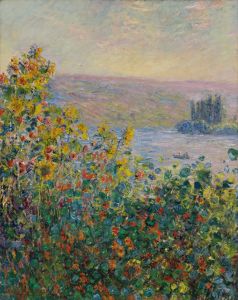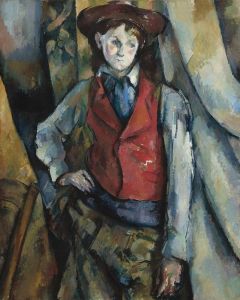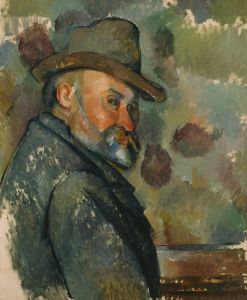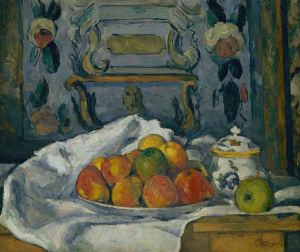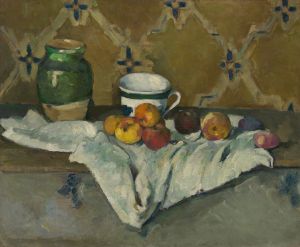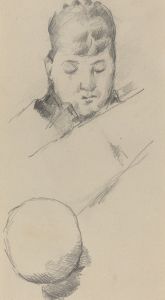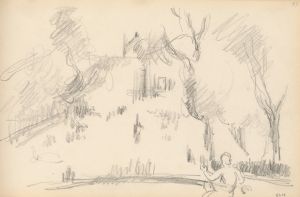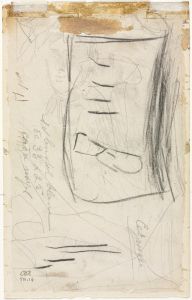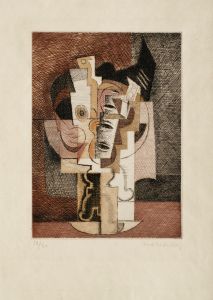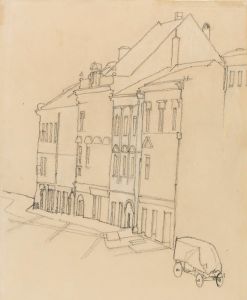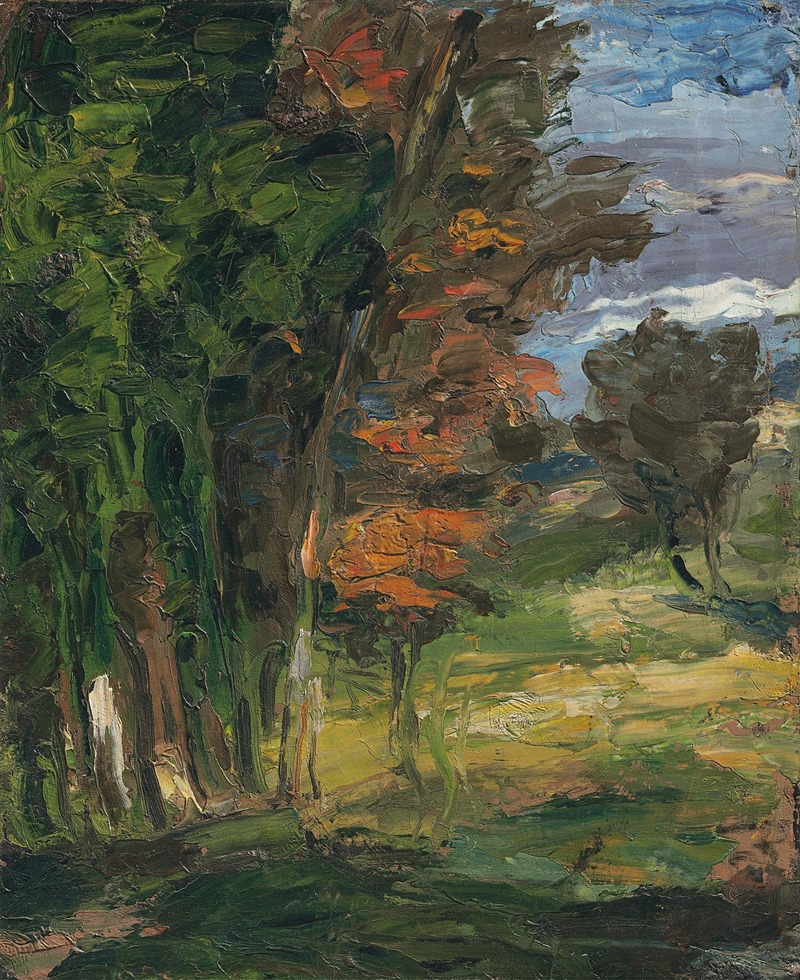
Paysage
A hand-painted replica of Paul Cézanne’s masterpiece Paysage, meticulously crafted by professional artists to capture the true essence of the original. Each piece is created with museum-quality canvas and rare mineral pigments, carefully painted by experienced artists with delicate brushstrokes and rich, layered colors to perfectly recreate the texture of the original artwork. Unlike machine-printed reproductions, this hand-painted version brings the painting to life, infused with the artist’s emotions and skill in every stroke. Whether for personal collection or home decoration, it instantly elevates the artistic atmosphere of any space.
Paul Cézanne's Paysage (translated as "Landscape") is a painting created by the renowned French Post-Impressionist artist. Cézanne, often referred to as the "father of modern art," is celebrated for his innovative approach to form, color, and composition, which significantly influenced the development of 20th-century art movements such as Cubism and Fauvism. While specific details about Paysage may vary depending on the particular work being referenced—since Cézanne painted numerous landscapes throughout his career—the painting is representative of his dedication to capturing the essence of nature through his unique artistic lens.
Cézanne's landscapes often depict the countryside of Provence, the region in southern France where he spent much of his life. His works frequently feature motifs such as rolling hills, dense forests, and rural architecture, rendered with a distinctive use of color and brushwork. Cézanne sought to move beyond the fleeting impressions of light and atmosphere that characterized Impressionism, instead focusing on the underlying structure and geometry of the natural world. This approach is evident in his landscapes, where he often used bold, simplified shapes and carefully constructed compositions to convey a sense of permanence and stability.
In Paysage, as in many of his other works, Cézanne employed a palette of earthy tones and vibrant greens, blues, and ochres to depict the natural environment. His brushstrokes are deliberate and methodical, creating a textured surface that adds depth and dimension to the painting. Cézanne's technique of building forms through small, overlapping patches of color—sometimes referred to as "constructive brushstrokes"—is a hallmark of his style and a key element of his contribution to modern art.
Cézanne's landscapes were not merely representations of specific locations but also explorations of the relationship between the artist, the subject, and the viewer. He often painted en plein air (outdoors) to observe the changing effects of light and atmosphere, yet his works are imbued with a sense of timelessness and universality. This duality—between observation and abstraction, nature and artifice—is a defining characteristic of Cézanne's oeuvre.
While the exact date and location of Paysage may not be definitively documented, the painting exemplifies Cézanne's lifelong engagement with the landscape genre. His innovative techniques and vision continue to inspire artists and art enthusiasts worldwide, solidifying his legacy as one of the most influential figures in the history of Western art.





